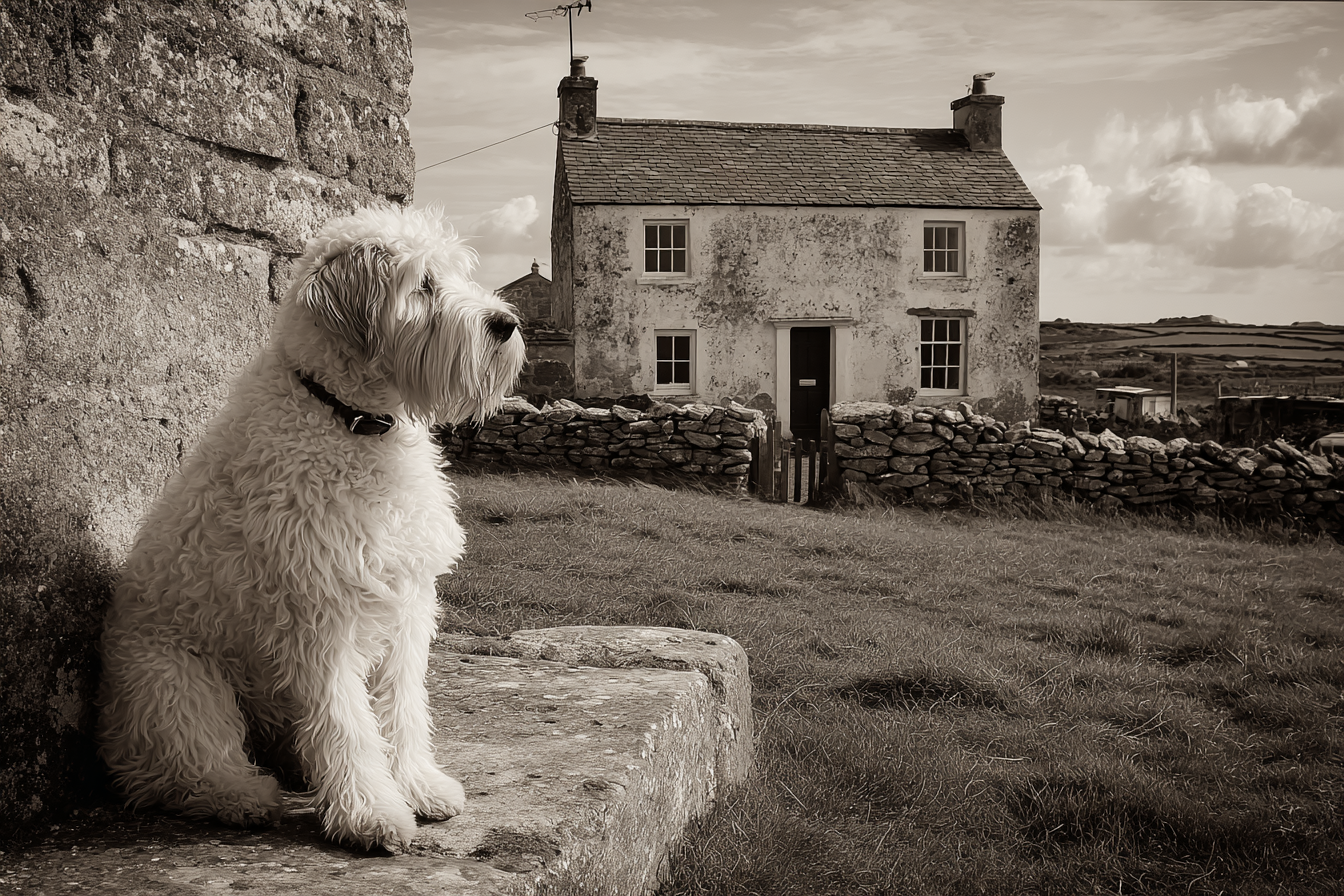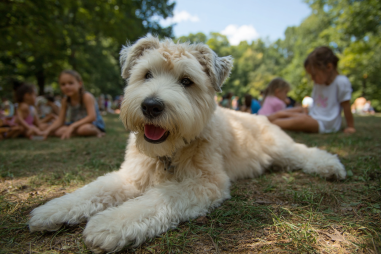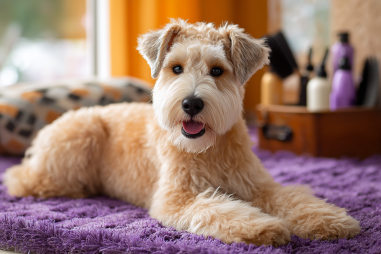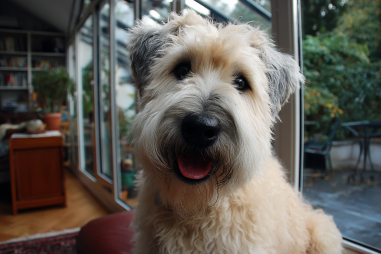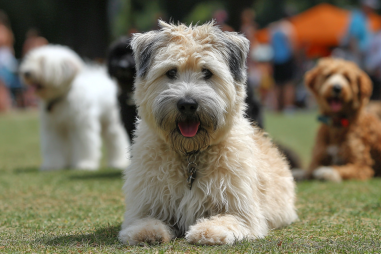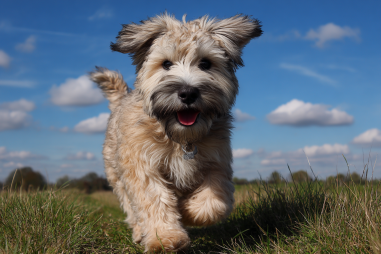The Soft Coated Wheaten Terrier is a delightful and charming breed that has won the hearts of dog lovers around the world. Known for its distinctive soft, wheat-colored coat and friendly demeanor, this terrier has a rich history that dates back centuries. Understanding the Soft Coated Wheaten Terrier’s origins provides valuable insight into how the breed developed its unique personality and traits, making it the beloved companion we know today. Let’s take a closer look at the fascinating history and origin of this wonderful breed.
Origins in Ireland and Early Uses
The Soft Coated Wheaten Terrier originated in Ireland, where it was first bred several hundred years ago. Unlike many other terriers, which were often bred for a more aggressive or fierce temperament, the Wheaten Terrier was developed as a versatile farm dog. The breed’s roots trace back to rural Irish farming communities, where these dogs were prized for their adaptability and usefulness.
Farmers initially used Wheatens primarily for herding and guarding livestock, as well as for general farm duties. Their soft, flowing coat provided protection from the wet and often harsh Irish weather, while their nimble physique made them excellent at working in difficult terrain. Early on, these dogs helped keep farms free from rodents and pests, which was a vital task in maintaining healthy crops and stores of food.
Development of Breed Characteristics
The distinctive soft, silky coat of the Soft Coated Wheaten Terrier is one of its most recognizable features. Unlike other terriers with wiry or rough coats, the Wheaten’s hair is soft, dense, and has a natural wave, reminiscent of ripening wheat fields—hence the name “Wheaten.” This characteristic coat evolved to offer protection from the elements without requiring the harsh grooming typical of other terriers.
The Wheaten’s temperament was also deliberately bred to be friendly, alert, and intelligent. Early breeders sought to produce a dog that was both an effective worker and a pleasant companion. This balance gave the breed its signature personality: lively and playful, yet loyal and devoted to its family.
Historical Roles and Working Tasks
Historically, the Soft Coated Wheaten Terrier has worn multiple hats on the farm. Apart from herding cattle and sheep, they functioned as watchdogs and pest controllers. Their keen senses and quick reflexes made them excellent at catching vermin like rats and mice that threatened food supplies or livestock health.
Unlike guard dogs bred for aggression, Wheatens were trained to alert their owners with barking, rather than intimidating intruders. This quality is why many Irish farms valued them for their ability to protect without unnecessary hostility. Over time, the breed’s versatility also made it a sought-after companion for rural families who wanted a dog that could be both a helper and a friend.
Recognition by Kennel Clubs
The breed first gained formal recognition in the late 19th and early 20th centuries. In Ireland, the Irish Kennel Club acknowledged the Soft Coated Wheaten Terrier as a distinct breed, helping to establish breed standards that preserved its unique traits. This official recognition was crucial for promoting consistent breeding practices and enhancing the breed’s visibility outside Ireland.
In the United States, the Soft Coated Wheaten Terrier was recognized by the American Kennel Club (AKC) in 1973, which further boosted its popularity internationally. Since then, Wheaten Terriers have been a favorite at dog shows, admired for their elegant coats and distinctive lively personality. Such recognition has also helped maintain breed health standards through responsible breeding programs worldwide.
Breed Popularity Over Time
While the Soft Coated Wheaten Terrier remained relatively rare outside Ireland for many years, its charming personality eventually sparked global interest. In the mid-20th century, more enthusiasts began importing the breed to the United States, Canada, and parts of Europe, where it gained a reputation as a loving family dog.
The breed’s moderate size, lack of a heavy “doggy” odor, and minimal shedding made it especially popular among families with allergies or those seeking a more manageable pet. Wheatens have steadily increased in numbers in households worldwide, reflecting their adaptability to both urban and suburban lifestyles.
Cultural and Regional Significance
The Soft Coated Wheaten Terrier is deeply tied to Irish culture and heritage. It symbolizes the hardworking spirit of Ireland’s rural communities and the enduring bond between farmers and their loyal canine companions. The breed often appears in Irish art, literature, and folklore, celebrated as a symbol of agility, friendliness, and practicality.
Throughout Ireland, Wheatens are considered a national treasure, and their wheat-colored coat evokes the rolling fields and pastoral landscapes deeply associated with the country’s identity. This connection to Irish tradition continues to endear the breed to people worldwide, who admire not just the dog’s physical traits but the rich history that accompanies each soft-coated companion.
Embracing the Legacy of the Soft Coated Wheaten Terrier
From humble beginnings in the farms of Ireland to becoming a beloved family pet globally, the Soft Coated Wheaten Terrier carries a legacy of versatility, charm, and resilience. Its unique coat, gentle nature, and history as a reliable working dog combine to create a breed that continues to delight dog lovers everywhere.
Understanding the rich heritage of the Wheaten Terrier allows owners and enthusiasts to appreciate the breed not just as pets, but as living pieces of history that bridge the past and present. Whether as a playful friend in a busy household or a faithful guardian on a countryside farm, the Soft Coated Wheaten Terrier stands as a testament to the enduring bond between humans and dogs throughout the centuries.

